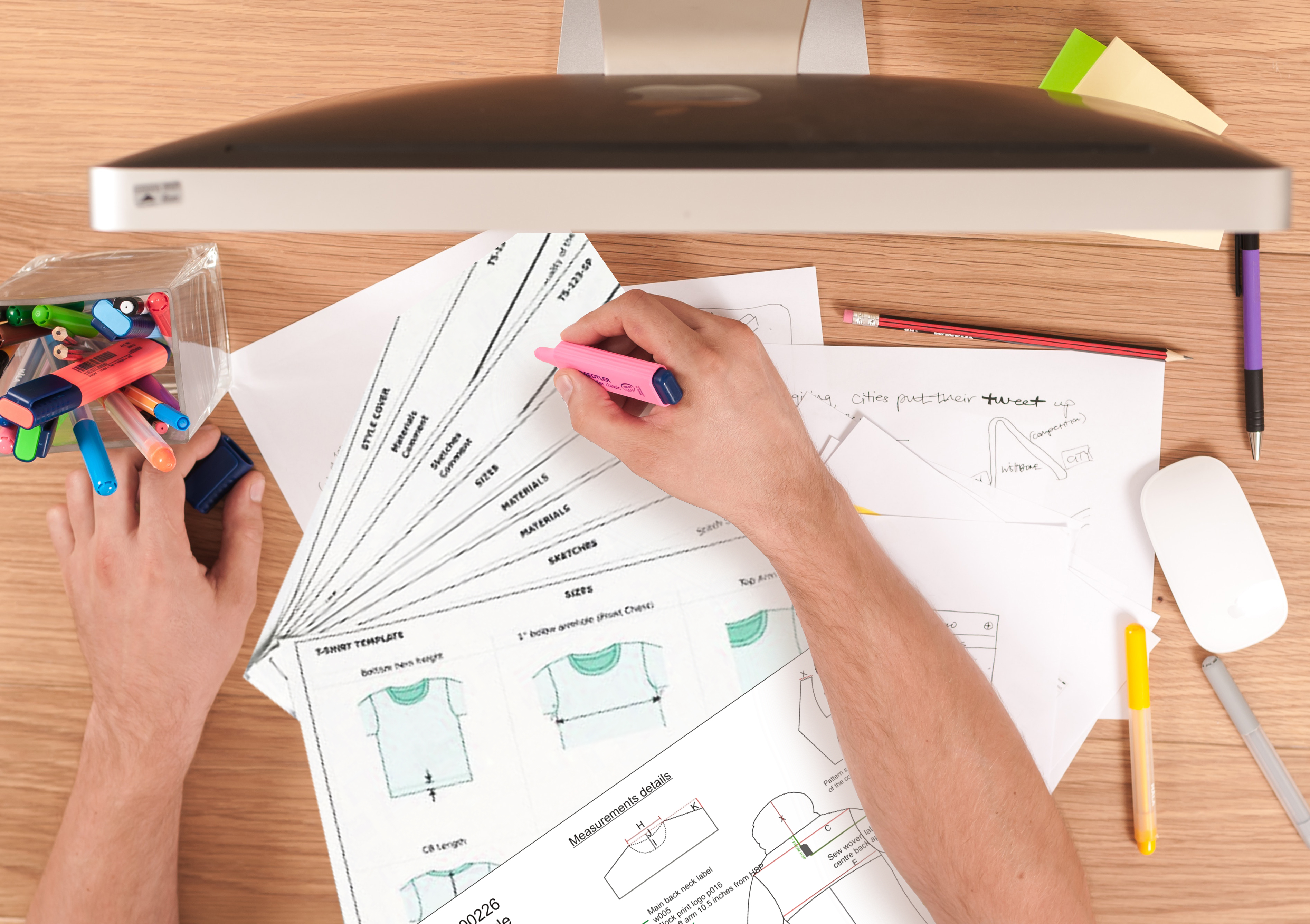Contents
Chris Walker, a garment production expert on the importance of Tech packs
As apparel production expert based in Vietnam, one of the most common things Chris Walker comes across on a daily basis is designers and brands requesting production quotes and failing to present technical packs properly. He states that as much as 9 out of 10 times, fashion designers and entrepreneurs around the world send incomplete tech packs to request a manufacturing quote in Vietnam.
"I like to draw the analogy of walking into Starbucks and asking for a coffee with milk. The barista would be frustrated the same way a factory is frustrated when a fashion designer asks for a price quotation without having prepared a detailed tech pack in advance," he says.
Since 2008, Walker has been working in the Vietnamese apparel manufacturing industry and has gained invaluable knowledge about its inner workings. The Asian country is considered one of the top of the world for garment manufacturing thanks to it's skilled labor (which even eclipses China in this sense) and it has become an increasingly popular sourcing hub for some of the world’s best known fashion labels.
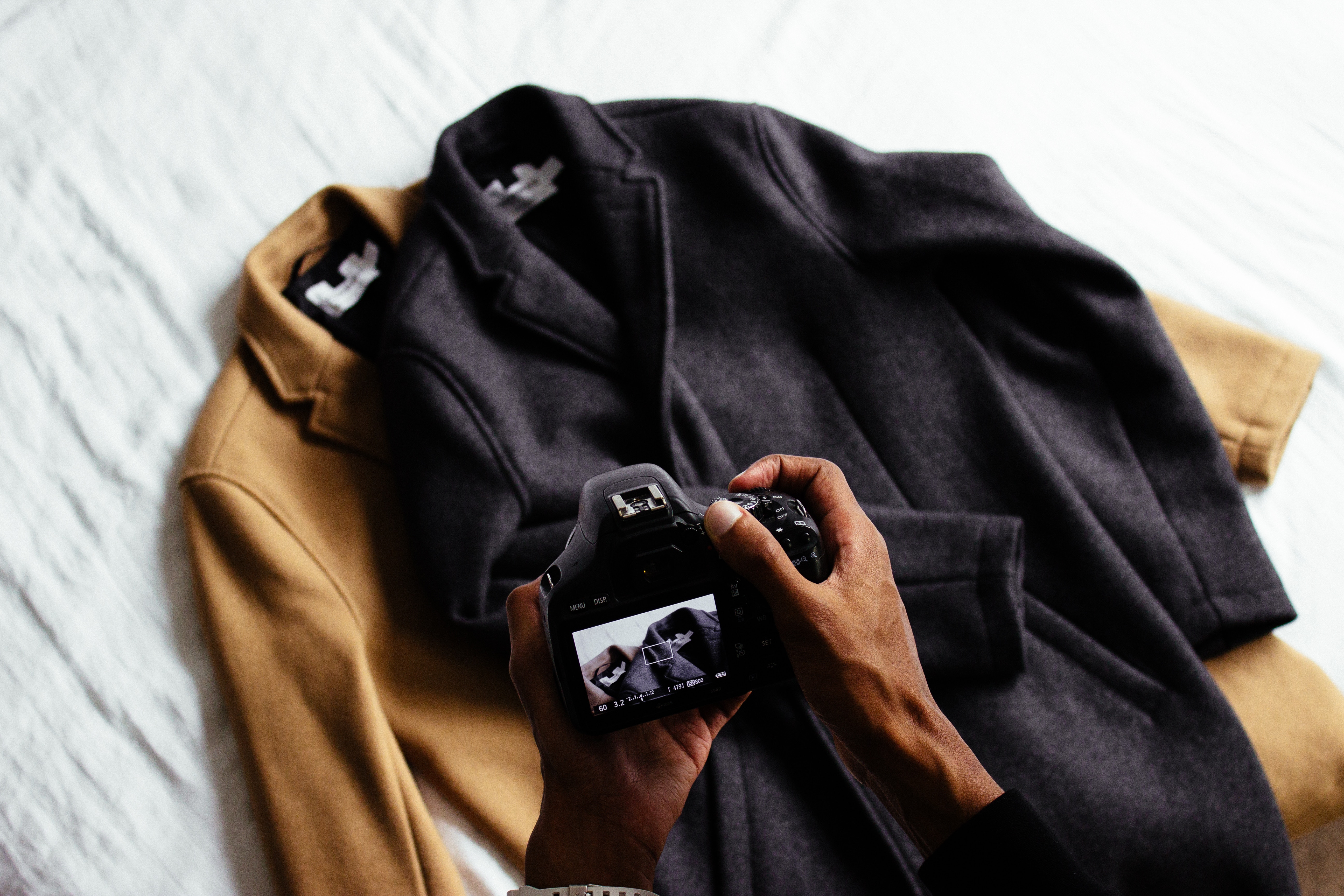
In his many years of experience, Walker has worked with countless brands and designers and guided them through garment and textile production in Vietnam, including getting through the language barriers, MOQ, finding the right factory, and more.
Regardless of where you decide to produce, communication with your factory is essential. In this brief Q&A, Walker explains why he became fascinated with Vietnam and how the execution of a tech pack can completely change the way you produce.
"A fashion designer should not put the factory in a position where the factory has to guess what to do."

What attracted you to the Vietnamese manufacturing industry?
I was attracted to Vietnam because of the entrepreneurial spirit I saw on every street corner. During my first trip here, in 2008, I saw shoe repairman, knife sharpeners, key makers, barbers, and soup cookers selling their goods and services on the street. This impressed me and made me want to be part of the Vietnamese culture.
After living here for a few years and working with a sewing factory, I came to appreciate the life and economics of a society that does a lot of manufacturing. My life experiences up until that time were living in a service economy.
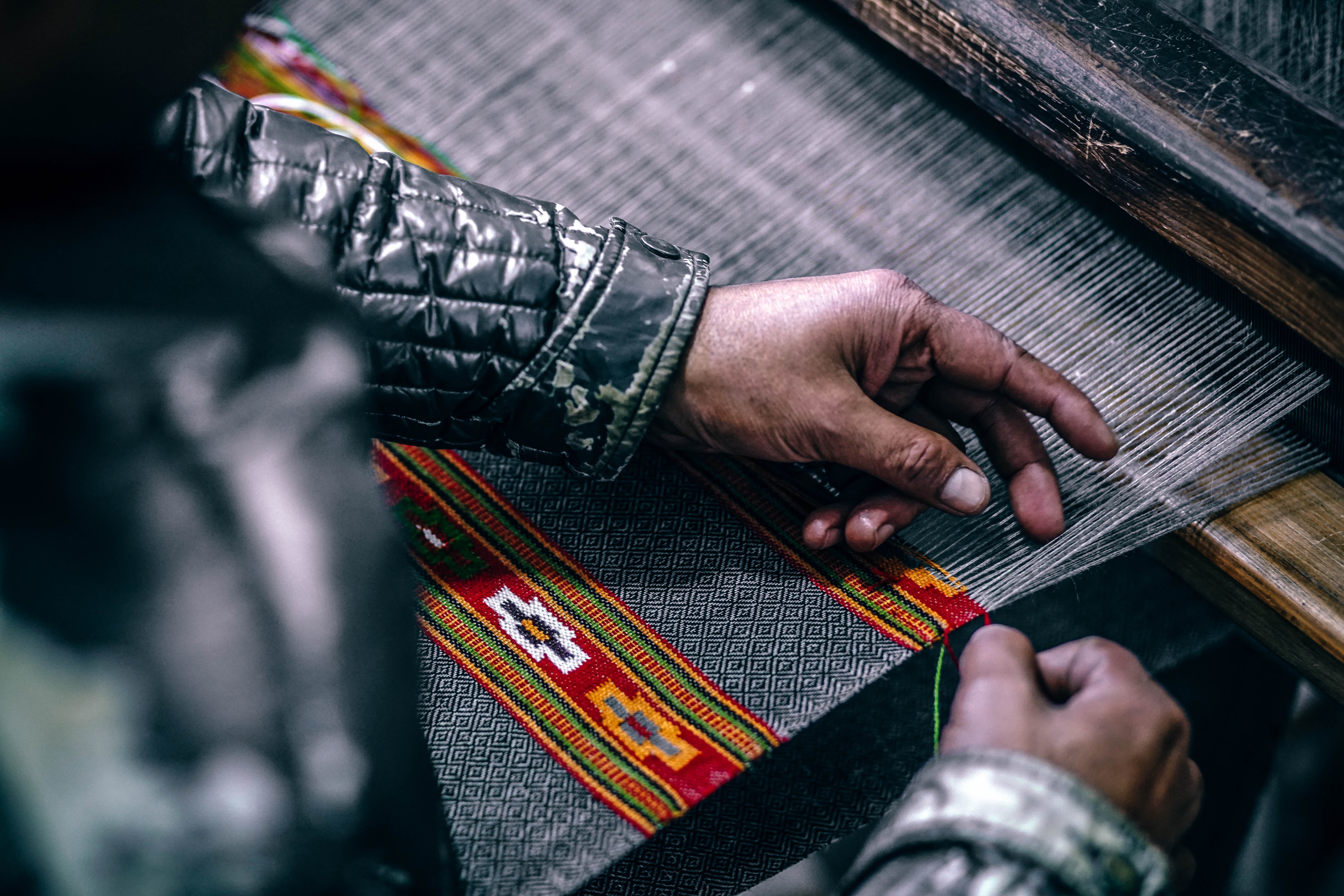
What are the most common communication errors between designers and manufacturers and how do you think they can be solved?
Designers and manufacturers work efficiently together if they have the same expectations from the beginning of their relationship. In an ideal world, every factory would provide a list of tech pack requirements to fashion designers in advance.
Unfortunately, there is no standard list. Typically designers assume what the factory needs to quote a price. Usually, information is missing and it leads to errors and frustrates both sides. This dilemma becomes the art and science of working with a manufacturer.
"If the tech pack is accurate and complete then doing business between a fashion designer and factory is easy."
You have spoken before about how many startups don’t have tech packs. Why is it so crucial to have one?
I like to think of tech packs as a contract between the designer and the factory. Tech packs achieve three goals:
❑ Communicate all the details of the design created by fashion designers
❑ They clarify what is included in the price
❑ They protect both sides from misunderstandings.
A fashion designer should not put the factory in a position where they have to guess what to do. This is why all the details need to be included in the tech pack. If the factory has to guess, and they guess wrong, then both parties will be frustrated.
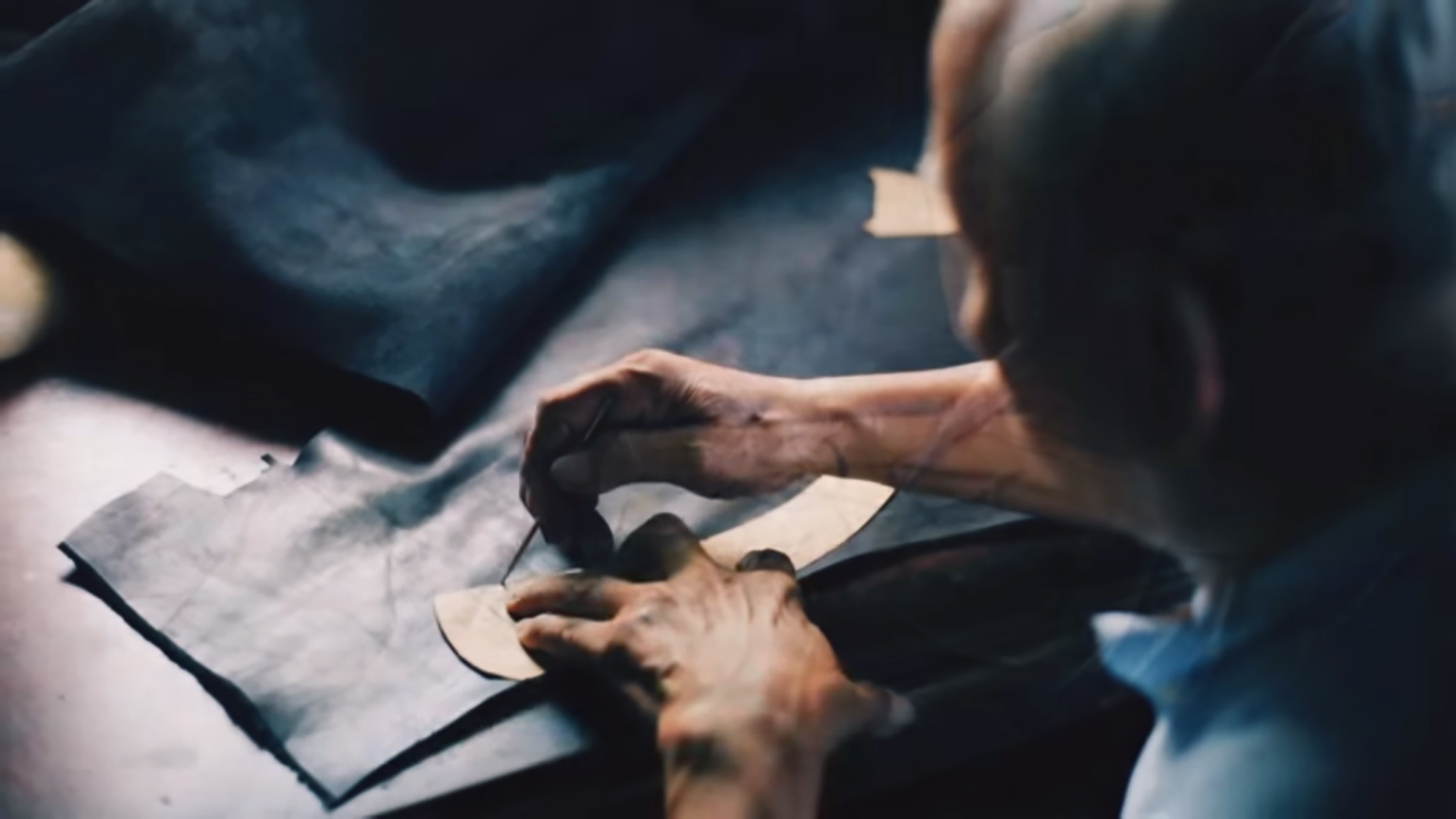
The only question a fashion designer should ever ask factory is, "can you please quote a price for this tech pack?" Assuming the tech pack is accurate and complete, doing business between a fashion designer and factory is easy. Of course this is not reality but, in theory, it is the ultimate goal and purpose of a tech pack.
"The tech pack acts as a common reference point to resolve the problems."
When problems happen during production both sides will blame each other. In fact, if the tech packs are accurate and complete then the problem and solution will present itself within the tech pack. Either the designer made a mistake in the tech pack or the factory misunderstood the tech pack. The tech pack acts as a common reference point to resolve the problem.
Why do you think a software like Techpacker is essential for designers?
Software like Techpacker is great because the information is stored in one place and accessible by many people. Every time someone makes a change to the tech pack the others see the changes without having to email back and forth. Techpacker eliminates the need to manage multiple versions on more than one local computer. One version is saved to the cloud and everyone accesses the cloud. Tech Packer automatically manages changes in real time.
What minimum information needs to be in a garment tech pack in order for a factory to give you a price you can bet on?
If you want an accurate price quote from a factory then I recommend you provide a complete tech pack. The following garment tech pack checklist is what I define as a complete tech pack based on my experience working in Vietnam as an apparel production advisor.
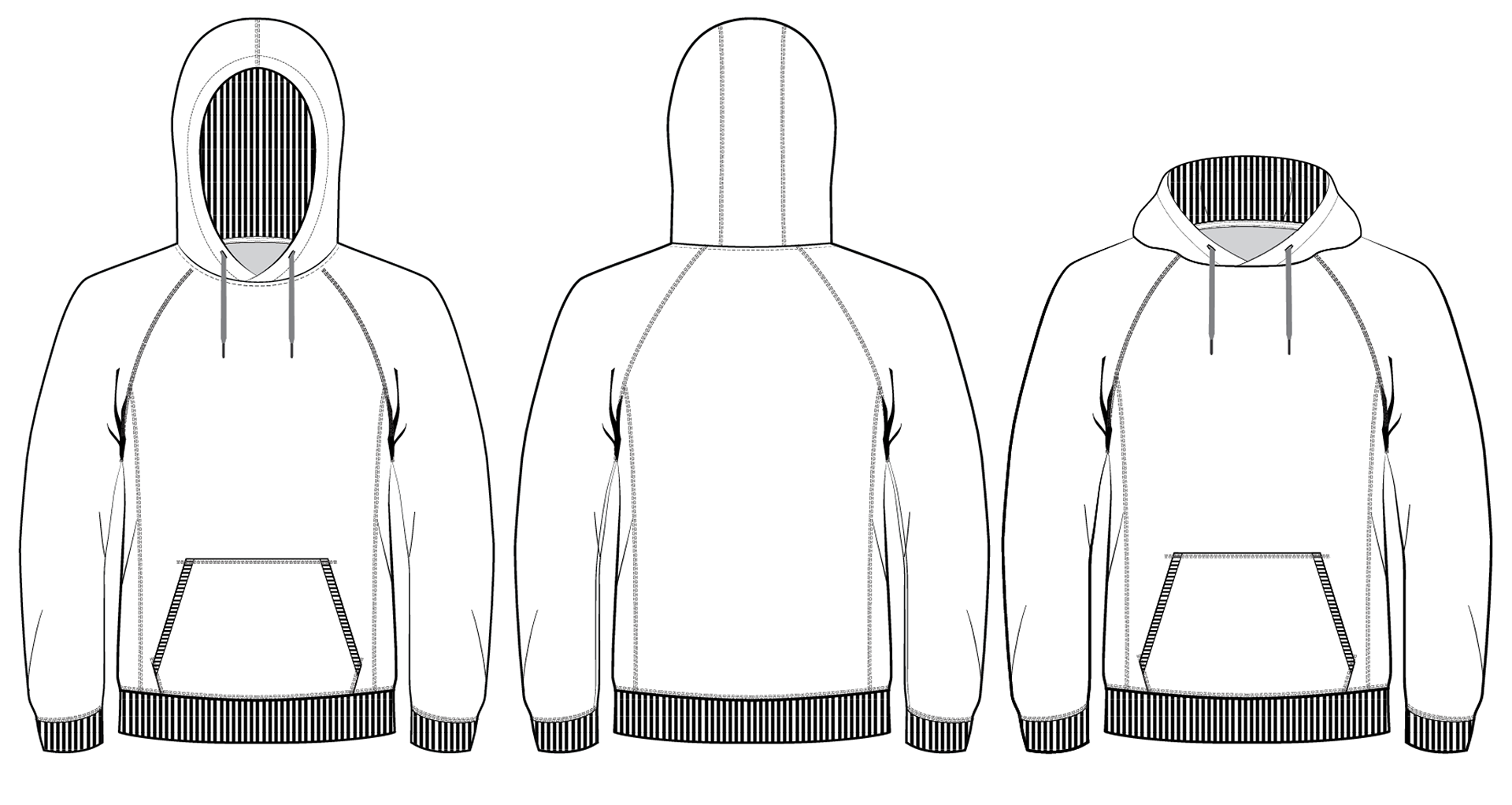
(Note: here we have only provided the top 10, be sure to check out the full detailed list by Chris)
1) Flat Sketch. The flat sketch is a two-dimensional technical drawing. The flat sketch is not just white fill and black outlines. No shading or texture details. There should be sketches of the front, back and any unusual details you consider important. The sketch should be in black and white and drawn to scale as best as possible.
(Related: What you should know about technical flats)
2) Measurement Chart for 1st Sample. I am assuming you don't have all the size measurements for each size (small, medium, large, XL, XXL, etc.) To get started you must provide the factory with the measurements for at least one size - usually size medium. The factory will use these measurements to make the 1st sample often referred to as the fit sample.
(Related: 3 Tips for Writing measurement Specs and Is Alpha Sizing Right for Your Brand?)
3) Order Quantity Chart. Before the factory can quote a price for you, they need to know the quantity breakdown for the style (one style per tech pack.) They need to know quantity per color and or quantity per artwork.
4) Written or Visual Description. Write down any details about the garment that are not obvious in the sketches. Add more images if you have them. Describe in detail components like collars, plackets, cuffs, fastenings, bar tacks, artwork placement or packing instructions.
5) Bill of Materials. The BOM includes everything that needs to be bought to put the garment together. At a minimum you must include the main fabric and any additional fabrics. For fabric, describe the yarn, knit structure, weave structure, weight, Pantone color, finish and width. In addition to fabric, list things like lining, piping, ribbons, shoulder pads, neck tape, thread, buttons, labels, hang tags, hang tag thread, hang tag pins, tissue, poly-bags and desiccant bags. Be as detailed as possible to make sure nothing is overlooked.
6) List of Stitches and Seams. If you have any specific stitch or seam requirements then list them here. Illustrate or just write the descriptions of joining operations. Include details like stitches per inch, width of seams, seam allowances, and ISO numbers for each seam.
7) List of Embellishments. If you have any screen prints, embroideries, lace, appliqué, sequins, patches, shoulder pads, stones, or beads then list them here. You can illustrate or just write the descriptions of details like placement, ink type, Pantone colors and stitches per inch for embroidery.
8) Branding Artwork. Here is where you go into detail for anything that has branding on it. Branding usually is placed on labels, hang tags, embroideries or small prints. Show exactly where the branding artwork goes and reference the file name of the artwork. The files will need to be sent separately. Often branding will be combined with care instructions and information like country of origin, RN #s, fabric composition, and detailed washing instructions. Packing includes branding so be sure to include the details of branding on items like poly bags and carton boxes.
9) Measurement Chart for Grading.This section needs to exist but not necessarily filled in. As mentioned early, first the factory will quote price. Then they will make a "1st Sample." If you decide to go ahead then they will grade your sample from medium size up to, say, XXL and down to say, XS. When they do the grading they will fill in this measurement chart. If you have the grading done in advance then include your complete measurements here. Be sure to include acceptable tolerances for each measurement.
10) Point of Measurement Diagrams. When it comes time to perform a quality control check the factory needs to know where to measure from. They need to be on the same page as you. Use illustrations to show clearly where you expect them to measure to check if the measurements are within tolerances.
 THERE'S MORE! Be be sure to take a look at Chris' full garment tech pack checklist. Also, If you’d like to learn more about garment production in Vietnam, Chris has all of the information you need in Vietnam Insider.
THERE'S MORE! Be be sure to take a look at Chris' full garment tech pack checklist. Also, If you’d like to learn more about garment production in Vietnam, Chris has all of the information you need in Vietnam Insider.
If you want to stay on top of expert information like the post you’ve just read, sign up for our weekly newsletter and get our original articles delivered directly to your inbox. Only once a week & no more!
Related
How to Prepare Kick-Ass Tech Packs


